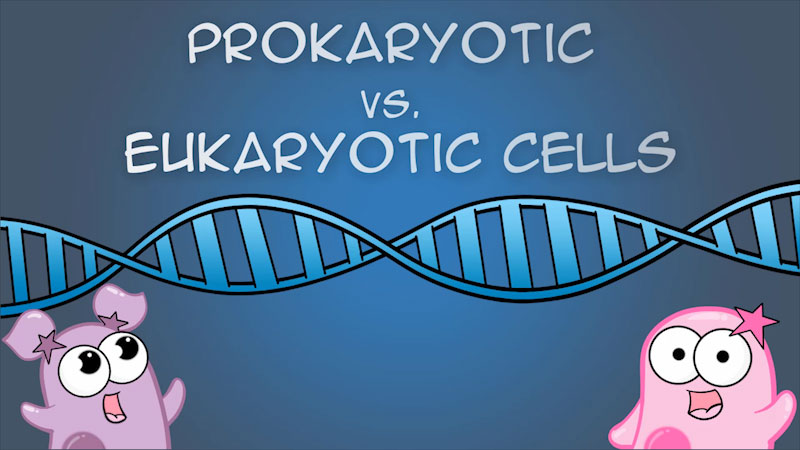The Amoeba Sisters: Chromosome Numbers During Division
Videos are generally available for preview to non-members as short clips. Limited full-length titles are also available. Log In to view the full length title.
Browse Full-length Non-member Titles
In "The Amoeba Sisters: Chromosome Numbers During Division," part of "The Amoeba Sisters" series, viewers explore the concepts of chromosome numbers in the cell division processes of mitosis and meiosis. The video starts by clarifying how a single cell with 46 chromosomes divides through mitosis to produce two identical cells with the same chromosome count, and through meiosis to produce four cells, each with 23 chromosomes. Key points include understanding DNA condensation into chromosomes, the role of chromatids and centromeres in chromosome counting, and the significance of sister chromatids during cell division. The content emphasizes the distinction between mitosis as a process leading to identical daughter cells and meiosis as a reduction division generating genetic diversity. This educational resource is important for introducing learners to essential genetic concepts, fostering deeper comprehension of fundamental biological processes.
Media Details
Runtime: 6 minutes 25 seconds
- Topic: Science
- Subtopic: Biology, Cells, Heredity and Genetics, Physiology
- Grade/Interest Level: 7 - 12
- Standards:
- Release Year: 2015
- Producer/Distributor: Amoeba Sisters
- Series: The Amoeba Sisters
- Report a Problem
Related Media

The Amoeba Sisters: Nature of Science

The Amoeba Sisters: Casual and Scientific Use of "Theory" and "Law"

The Amoeba Sisters: General Lab Safety

The Amoeba Sisters: Characteristics of Life

The Amoeba Sisters: Properties of Water

The Amoeba Sisters: Prokaryotic v. Eukaryotic Cells

The Amoeba Sisters: Specialized Cells--Significance and Examples

The Amoeba Sisters: Diffusion

The Amoeba Sisters: Osmosis and Water Potential

The Amoeba Sisters: What Is ATP?
